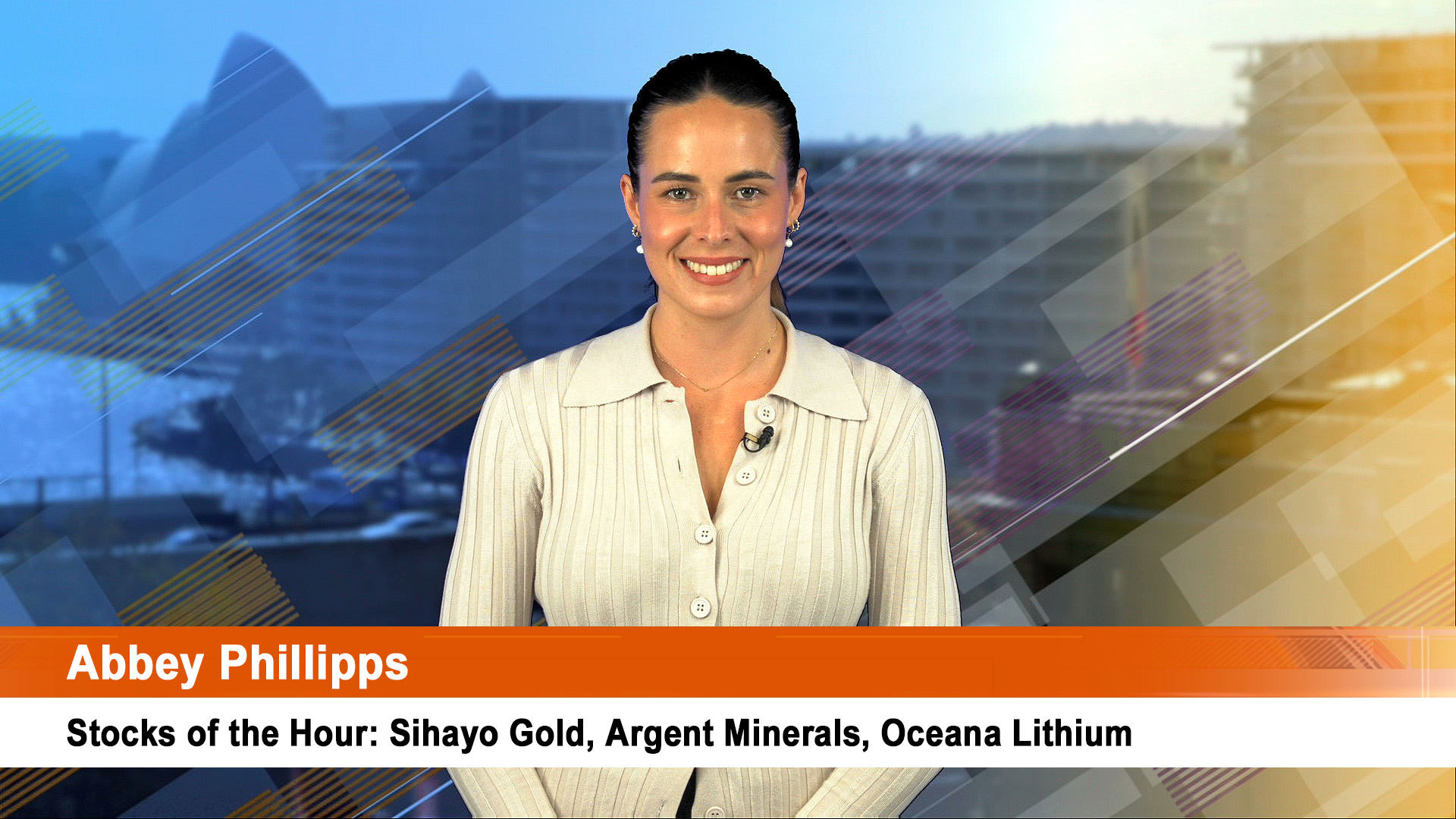As we head for 2016, it’s a case of break out the party hats for shareholders and customers in Australia’s banks and other authorised deposit taking groups – they’ve had a big win at the end of a very tough year.
Call it a Chrissie bonus, call it a New Year gift, but a decision from the key banking regulator, the Australian Prudential Regulation Authority (APRA) spares the banks from having to sock away more capital in 2016 to handle the now cooling Sydney and Melbourne home loan markets. And that is a multi billion dollar win for all concerned.
APRA announced yesterday that the banks will not have to add extra capital in 2016 to handle their exposure to Australian customers, especially in the Sydney and Melbourne property markets.
APRA explained that “the countercyclical capital buffer applying to the Australian exposures of authorised deposit-taking institutions (ADIs) from the start of 2016 will be set at zero per cent” (0%).
It was the regulator’s first ever decision on countercyclical buffers and represents a big win for the banks, and sees APRA and the Reserve Bank in particular backing their view that they have gotten on top of the surging Sydney and Melbourne property markets.
This means the ADIs and especially the big banks won’t have to raise additional capital to hold against their Australian loans (especially in residential property) in 2016, other than what they already have to hold under the new Basel 3 capital requirements which started in 2013.
APRA head, Wayne Byers explained the decision yesterday’s statement:
“Based on APRA’s assessment of current levels of systemic risk, including credit growth, asset prices and lending standards, APRA did not see a case for imposing a countercyclical buffer for Australian exposures at this point in time…APRA will continue to monitor developments in a range of financial risk indicators, and will revise the determination if conditions warrant it in future.”
Mr Byers also said in statement “the decision to set the countercyclical buffer for Australian exposures at zero per cent of risk-weighted assets was made following consultation with the Council of Financial Regulators” – the council also includes The Reserve Bank, Federal Treasury and ASIC.
The announcement caps a rough year for the banks, their customers and shareholders – record highs in April and May, and then a big slide as regulators shook up the way they lent to property investors especially after discovered numerous lapses from boards down – especially at the NAB and ANZ.
The big four banks were forced to raise more than $20 billion in new capital from shareholders and from selling unwanted business, and will raise billions from screwing more money from mortgage holders when they lifted lending rates (and doubled the rate rises for investors to more than half a percent).
APRA said yesterday the decision means that from the start of next month the various ADIs will have to maintain a minimum Common Equity Tier 1, or CET1 ratio of 4.5%, plus a 2.5% capital conservation buffer and a buffer for international exposures in jurisdictions that have set a non-zero countercyclical capital buffer rate.“ or some ADIs, additional capital requirements are also applied via Pillar 2 (i.e. in response to institution-specific risks and issues), APPRA said.The good news for the banks and their shareholders, and creditors is that APRA says “All Australian ADIs currently report CET1 ratios above these requirements: the aggregate CET1 ratio for the banking system as at end September 2015 was 10.1%.”
APRA’s decision means that it doesn’t see the need for extra capital for ADIs because of the now fading home loan booms in Sydney and Melbourne, especially among investors and self-managed super funds.
This is a big vote of confidence by APRA and the RBA that the measures they have taken to control the property boom (higher capital for mortgages, tougher lending rules, especially on interest only deals, limits on loan to valuation ratios and a tougher approach to the way banks classify their home loans between owner occupiers and investors) are working, as RBA and Bureau of Statistics figures now suggest they are.
But if there happens to be a resurgence in house prices and lending in 2016, APRA has left the door open to imposing countercyclical buffers to slow that revival, if it happens.













